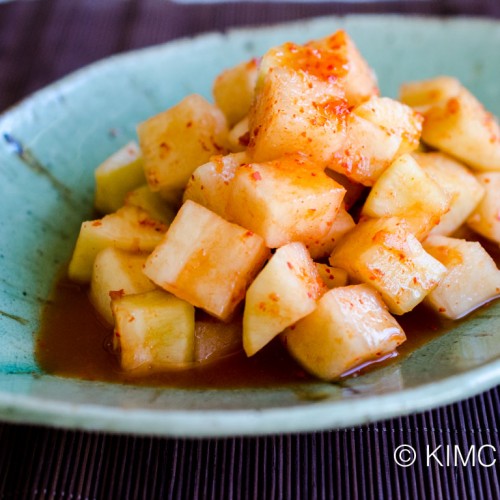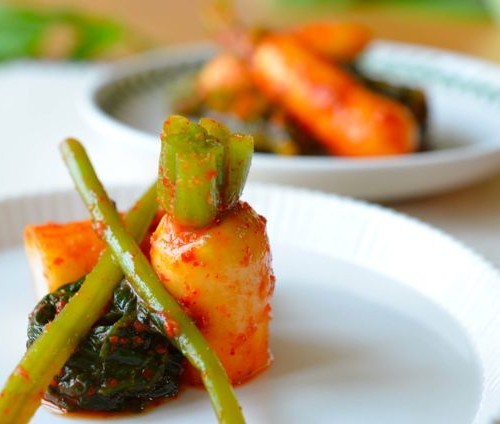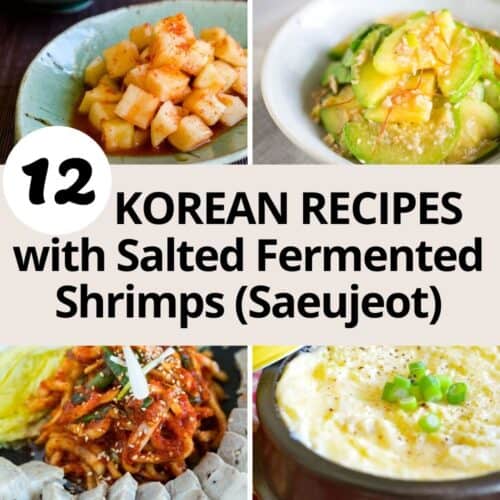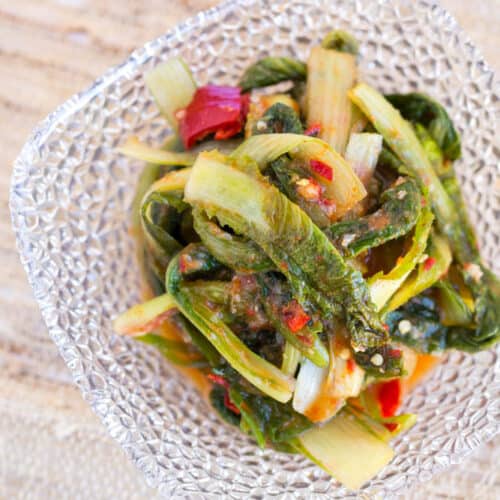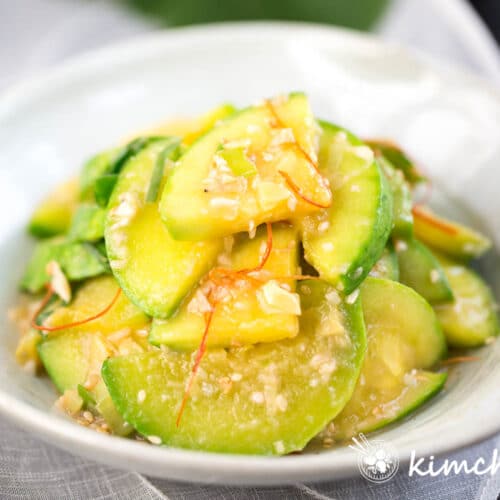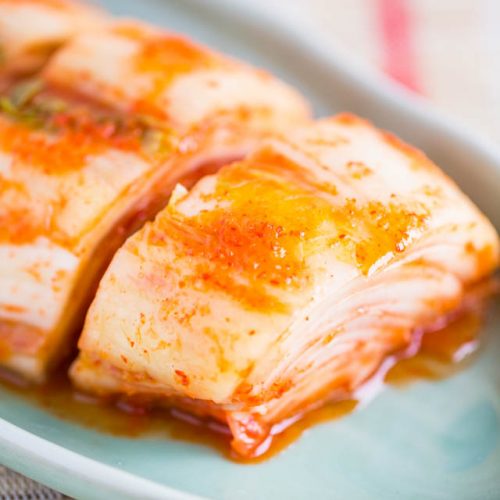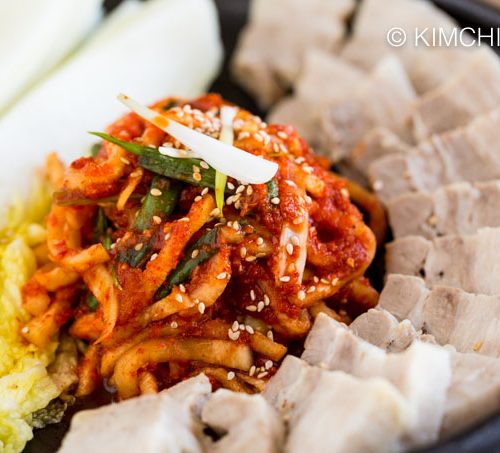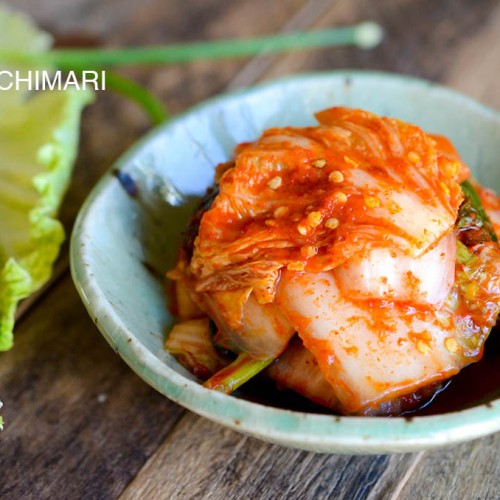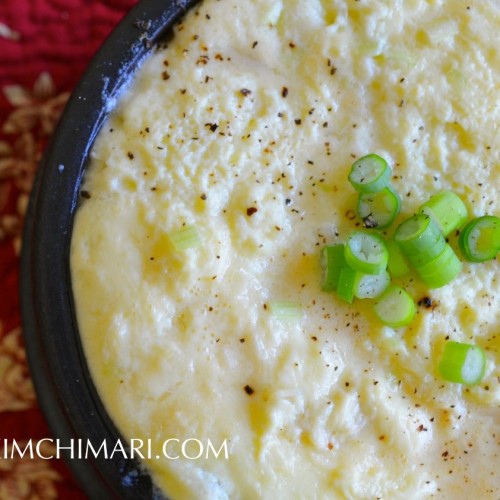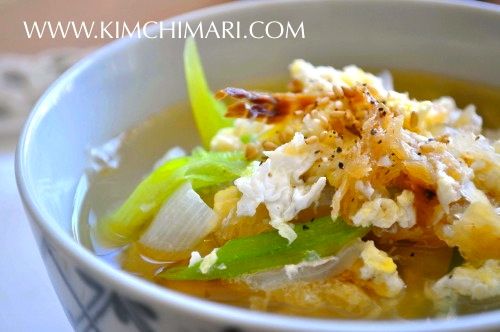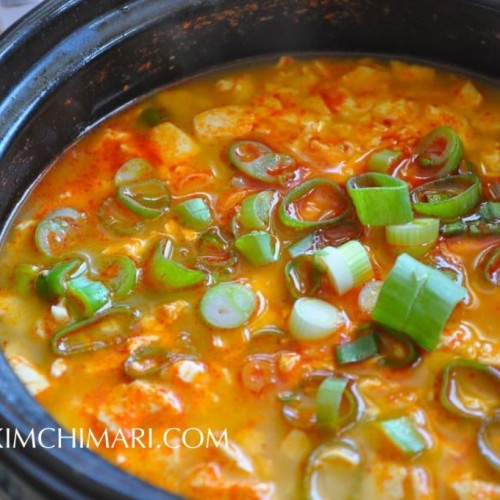What is/are Salted Fermented Shrimps ?
Salted shrimps or Saeujeot 새우젓 is a type of Jeotgal that is made by salting and fermenting tiny shrimps. It used in Korean cuisine as a way to add a salty umami note to the dish. It's an important ingredient in kimchi but is also added to various side dishes, dipping sauces and stews.
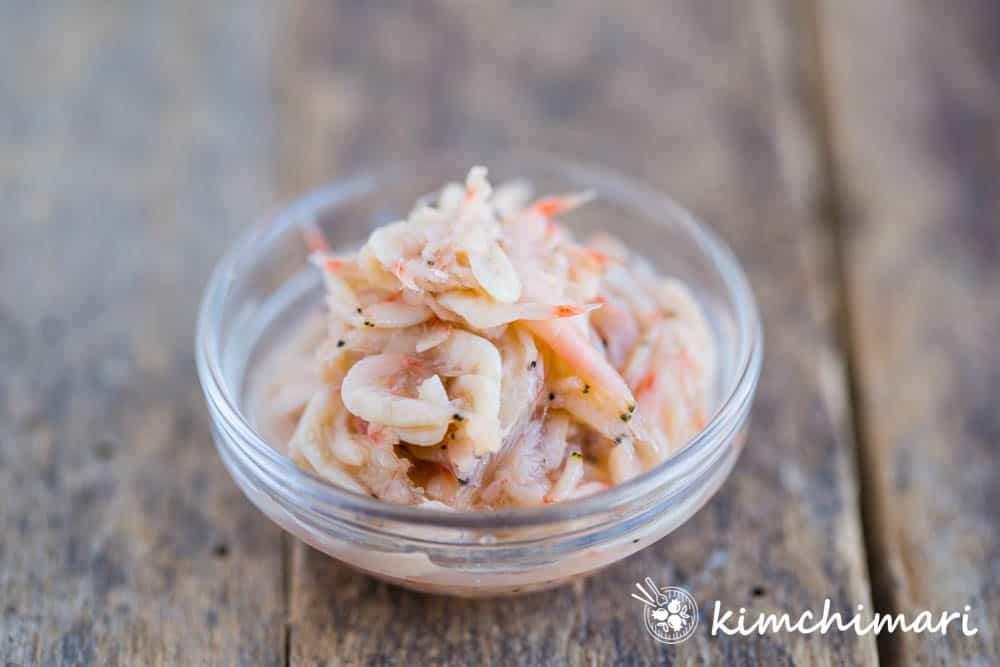
The shrimp are very small in comparison to typical ones. There are various types of Saeujeot made in Korea and the differences are based on when the shrimps were harvested.
Saeujeot made in May is called 오젓 Ojeot, in June is called 육젓 Yukjeot and in the fall it’s called 추젓 Chujeot. Among these, the June jeotgal (Yukjeot) is known to be the best for Kimjang Kimchi making.
Not To Be Confused With
- shrimp paste
Where and What To Buy
Korean Grocery Stores, online
Try to buy ones where you can see the shrimps still whole and not too broken up. Also, the better ones are where the color is more vibrant and not cloudy. If you can, buy a couple and compare the taste. It may be really salty to eat so just taste a tiny bit. But you can tell which one tastes better.
How to Use/Cook
- Add to Kimchi - especially kimchis like Kkakdugi.
- Eat it with Pork Belly or Grilled Pork (unseasoned). It not only tastes good, Saeujeot contains 'lipase' - an enzyme known to help digest pork fat.
How to Clean/Store
Store in the refrigerator in a sealed jar.
Nutrition/Health Info
- Saeujeot has very high salt content so use it sparingly.
- Saeujeot is known to contain the digestive enzyme Lipase which aids the digestion of animal fat.
Recipes that use it:
Easy Young Radish Kimchi (총각김치 Chonggak Kimchi)
12 Korean Recipes Using Saeujeot (Salted Fermented Shrimps)
Easy Putbaechu (Seoul Green Cabbage) Kimchi for Summer!
Hobak Bokkeum (Stir-Fried Zucchini)
Easy Kimchi Recipe using the Blender
Bossam – Korean Boiled Pork Belly Wrap
Korean Easy Kimchi Recipe aka Mak Kimchi
Korean Steamed Egg in Hot Pot – Gyeran Jjim
Dried Pollock Soup – Bugeo Guk (북어국)
Spicy Soft Tofu Stew (순두부찌게 Sundubu Jjigae)
References:
https://www.sciencedirect.com/science/article/abs/pii/S0044848610000104
